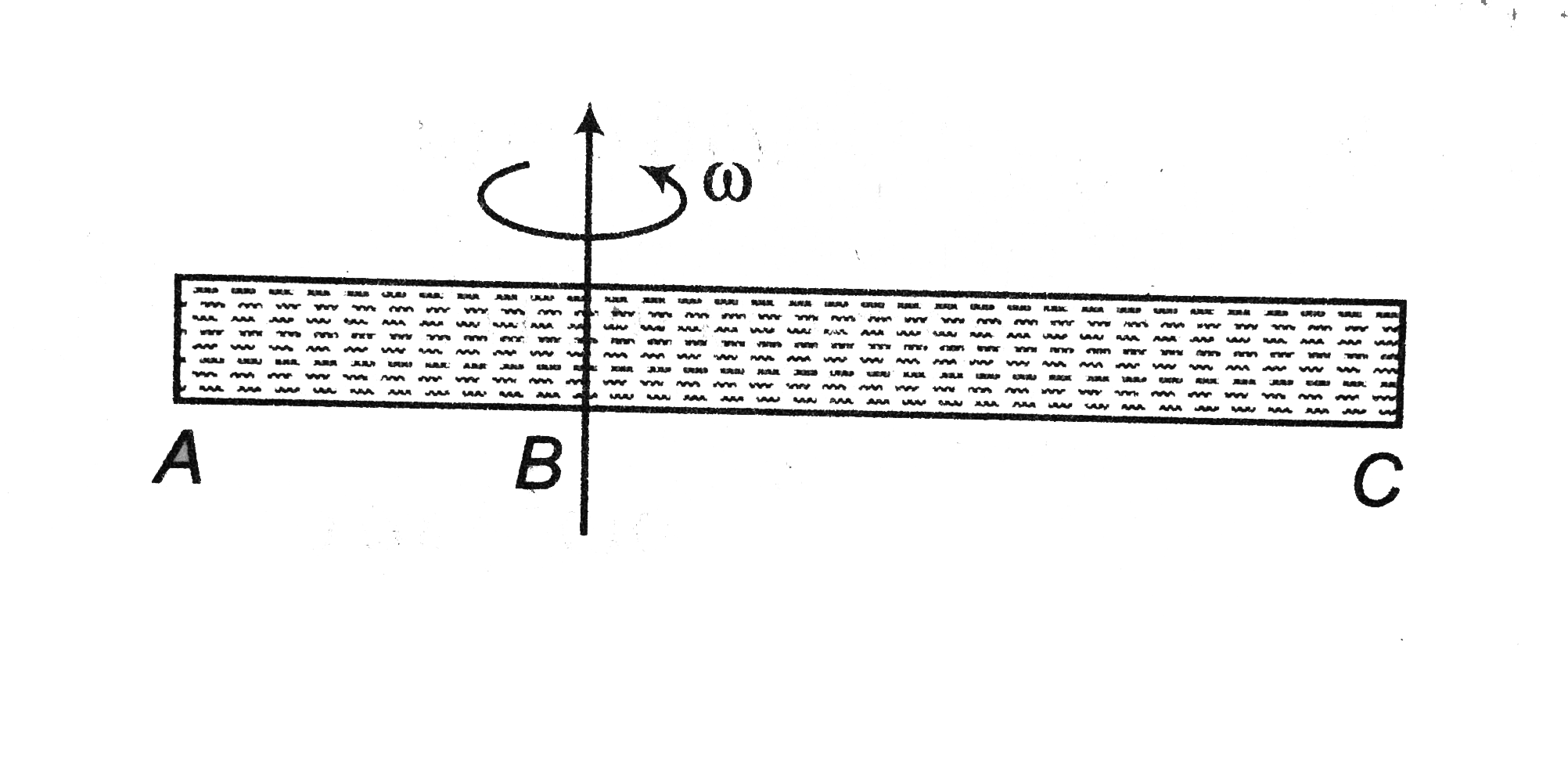A beam of plane polarised light falls normally on a polariser (cross sectional area 3×10−4m2) which rotates about the axis of the ray with an angular velocity of 31.4rad/s. Find the energy of light passing through polariser per revolution and the intensity of emergent beam, if flux of energy of the incident ray is 10−3W.
Step by step video, text & image solution for A beam of plane polarised light falls normally on a polariser (cross sectional area 3 xx 10^(-4)m^(2)) which rotates about the axis of the ray with an angular velocity of 31.4 rad//s. Find the energy of light passing through polariser per revolution and the intensity of emergent beam, if flux of energy of the incident ray is 10^(-3) W. by Physics experts to help you in doubts & scoring excellent marks in Class 12 exams.
Updated on:21/07/2023Topper's Solved these Questions
- WAVE OPTICSBOOK - PHYSICS GALAXY - ASHISH ARORACHAPTER - WAVE OPTICSEXERCISE - Practice Exercise 6.1
1 Videos
- WAVE OPTICSBOOK - PHYSICS GALAXY - ASHISH ARORACHAPTER - WAVE OPTICSEXERCISE - Practice Exercise
25 Videos
- THERMODYNAMICS LAWS & SPECIFIC HEATS OF GASES BOOK - PHYSICS GALAXY - ASHISH ARORACHAPTER - THERMODYNAMICS LAWS & SPECIFIC HEATS OF GASES EXERCISE - Practice Exercise 3.4
11 Videos
- WAVES BOOK - PHYSICS GALAXY - ASHISH ARORACHAPTER - WAVES EXERCISE - Unsolved Numerical Problems for Preparation of NSE, INPhO & IPhO
135 Videos
Similar Questions
A beam of plane polarised falls normally on a polariser (cross section area 3×10−4,2) Find the energy of light pssing through the polariser per revolution and the intensisty of the emergent beam if the flux of energy of the incident ray is 10−3W.
View SolutionA beam of plane-polarized light falls on a polarizer which rotates about the axis of the ray with angular velocity ω=21rad/s. Find the energy of light passing through the Polarizer per one revolution if the flux of energy of the incident ray is equal to Φ0=4.0mW.
View Solution
Knowledge Check
A beam of unpolarised light having flux 10−2 watt falls normally on a polariser of cross sectional area 3×10−4m2. The polariser rotates with an angular frequency of π rad/s. The energy of liggt passing through the polariser per revolution will be
A10−4 jouleB10−3 jouleC10−2 jouleD10−1 jouleA beam of plane polarized light falls normally on a polarizer of cross sectional area 3×10−4m2. Flux of energy of incident ray in 10−3W. The polarizer rotates with an angular frequency of 31.4rad/sec. The energy of light passing through the polarizer per revolution will be
A10−7JouleB10−3JouleC10−2 JouleD10−1 JouleA beam of plane polarized light having flux 10−3 Watt falls normally on polarizer of cross sectional area 3x10^(-4) m^2. Polarizer rotates with angular frequency of 31.4 rad/s. Energy of light passes through the polarizer per resolution will be
A10−4JB10−3JC10−2JD10−1J
A beam of plane polarised light of large cross - sectional area and uniform intensity of 3.3Wm−2 falls normally on a polarises (cross sectional are 3×10−4m2 ) which rotates about its axis with an angular speed of 31.4 rad/s . The energy of light passing through the polariser per revolution , is close to :
View Solution
A rod of mass 2 kg ad length 2 m is rotating about its one end O wth an angular velocity ω=4rad/s. Find angular momentum of the rod about the axis rotation.
View SolutionA closed tube is filled with

AB=2m
BC=4cm
water (ρ=103kg/m3). It rotating about an axis shown in figure with an angular velocity ω=2rad/s. Find, pA−pC.
View SolutionA spherical solid ball of 1 kg mass and radius 3 cm is rotating about an axis passing through its centre with an angular velocity of 50 rad s−1. The kinetic energy of rotation is
View SolutionA thin uniform copper rod of length l and cross-section area A and mass m rotates uniformly with an angular velocity ω in a horizontal plane about a vertical axis passing through one of its ends. The elongation of the rod will be
View Solution
